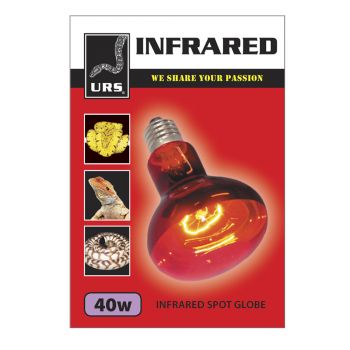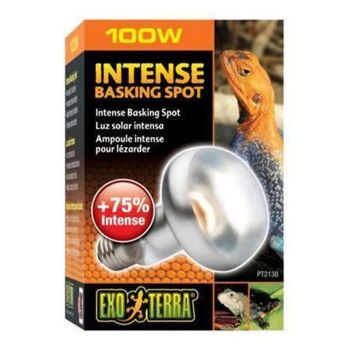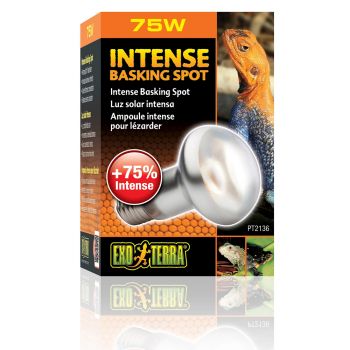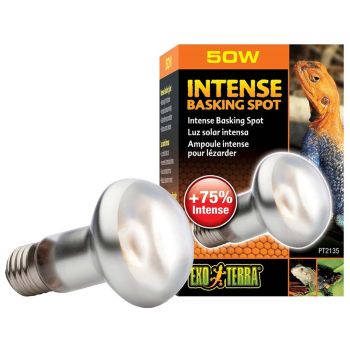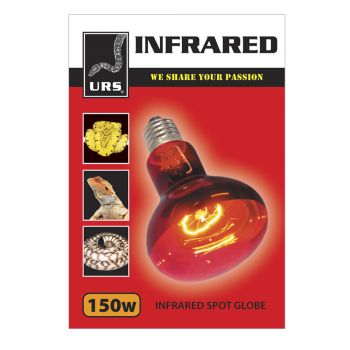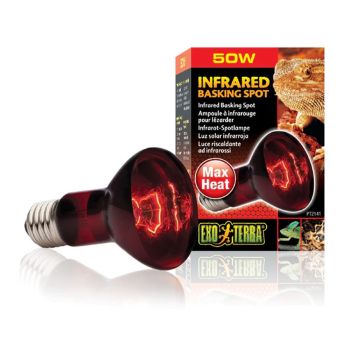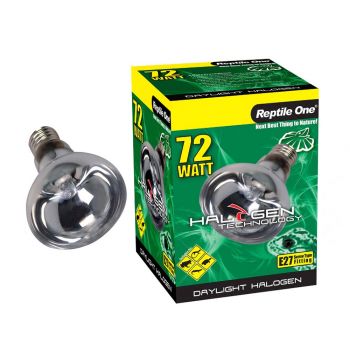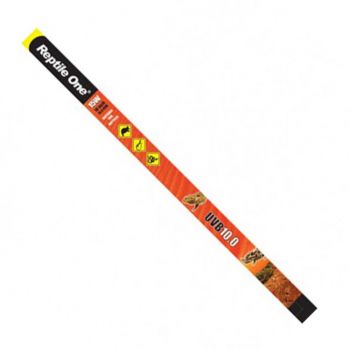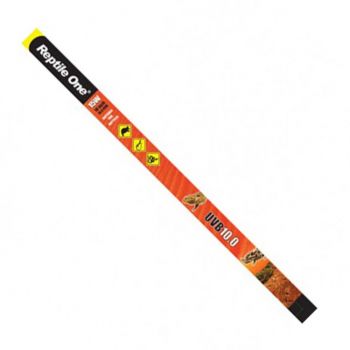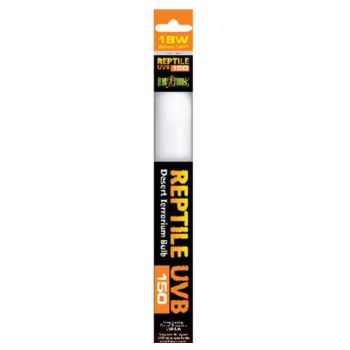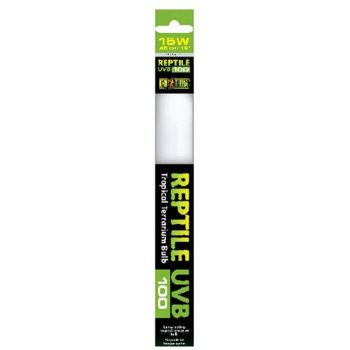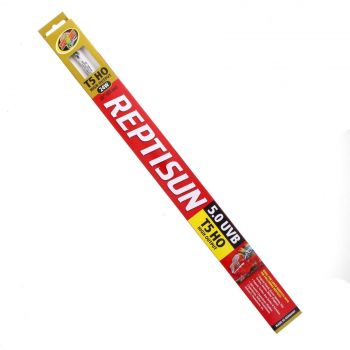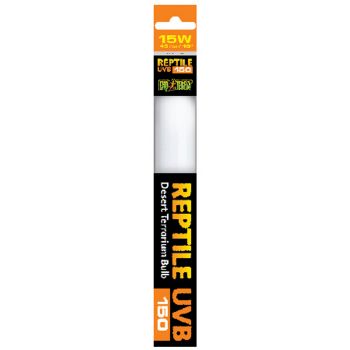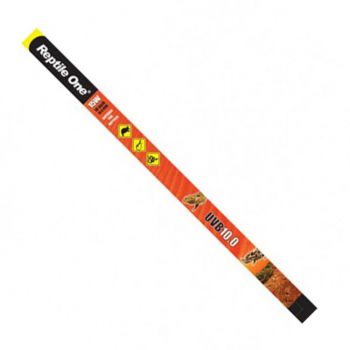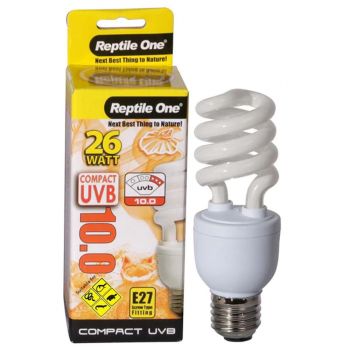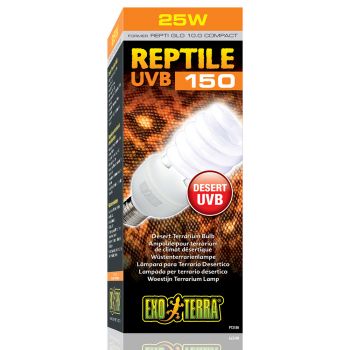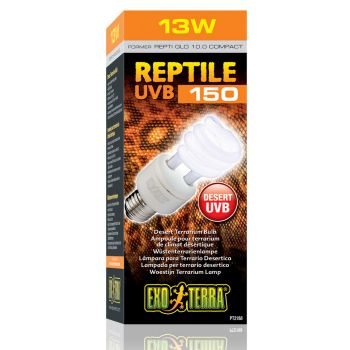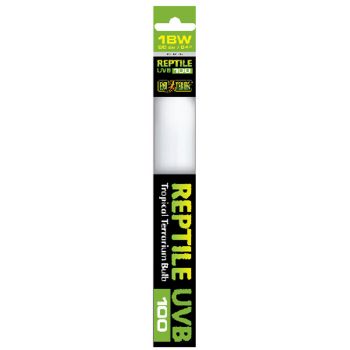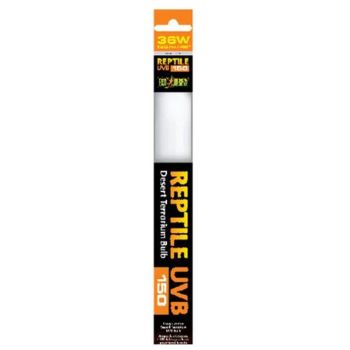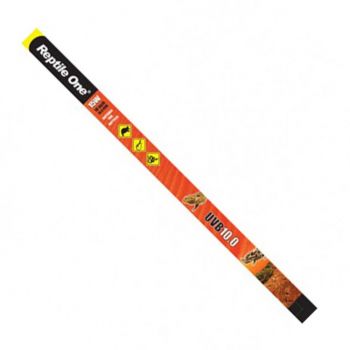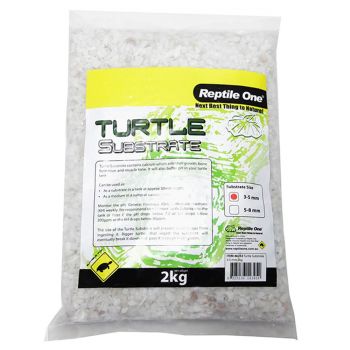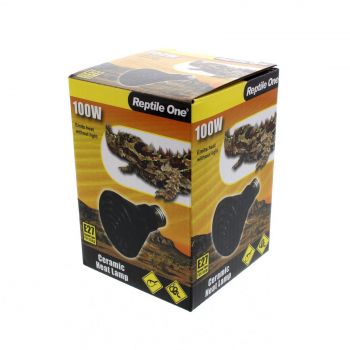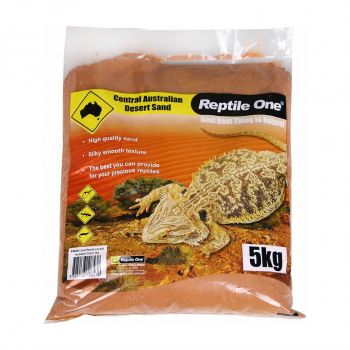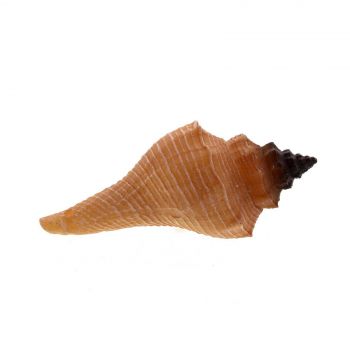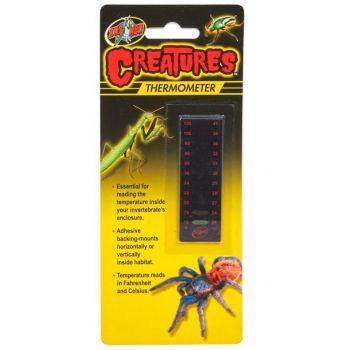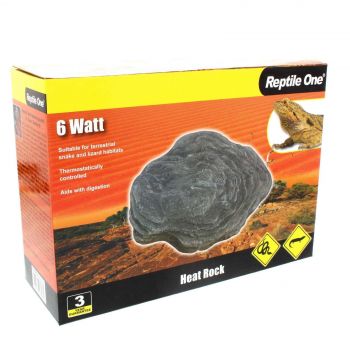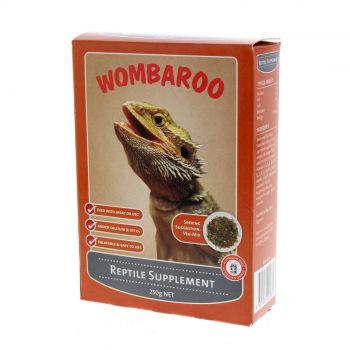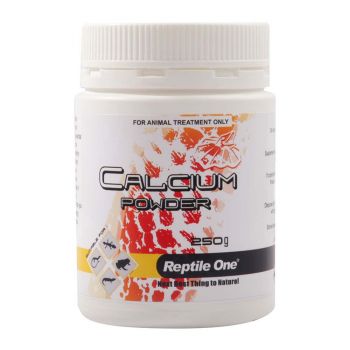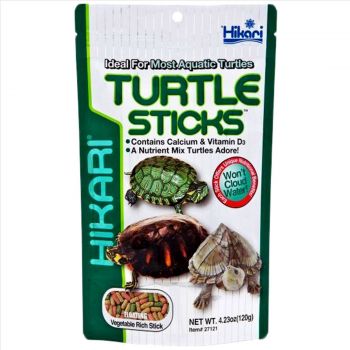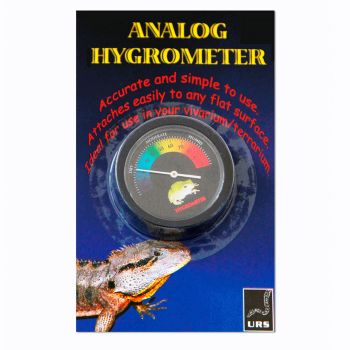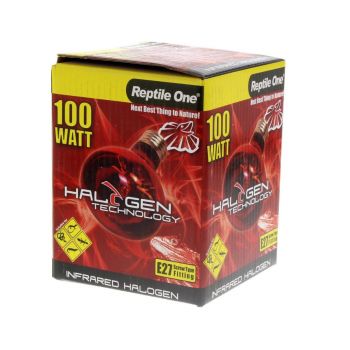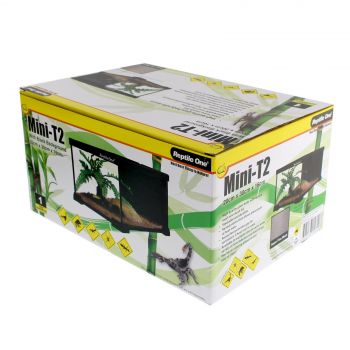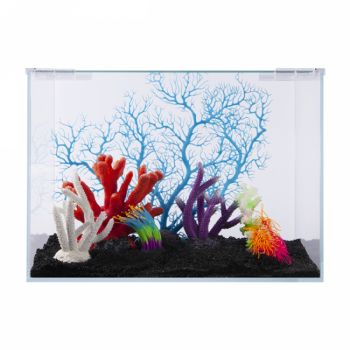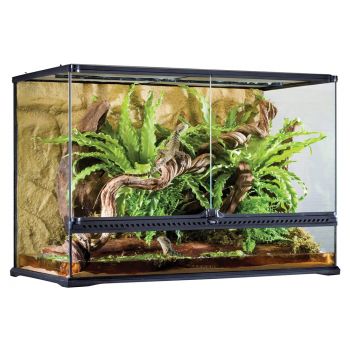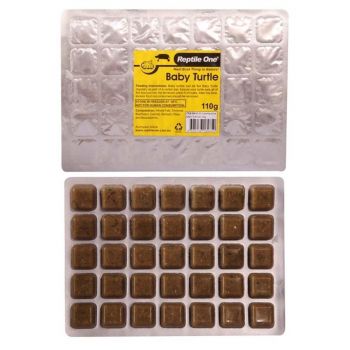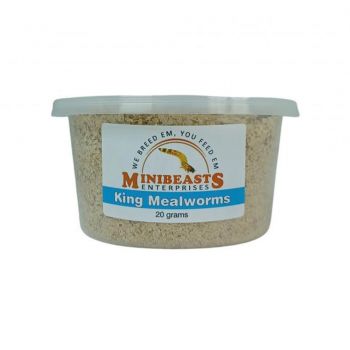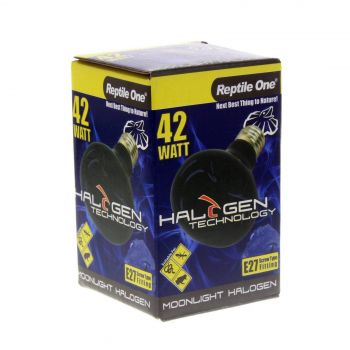WHAT UV LIGHT DO I NEED FOR MY REPTILE
Ultraviolet (UV) lighting is often recommended for several reptile species however, it can be confusing to work out what type of UV lighting is needed. If you're unsure about which types of UV light to use for your reptile or how it will benefit them, this article is for you. We'll explain the different types of UV light and what reptiles gain from exposure to it.
What Is UV Light?
UV light is a type of electromagnetic radiation which originates from the sun. It is invisible to our human eyes; it is thought that reptiles may be able to see or sense some parts of the UV spectrum. UVA, UVB and UVC are generally classified as different types of ultraviolet light.
UVA
UVA is absorbed by the skin in small amounts, so it's not harmful. In fact, reptiles will frequently react to UVA light with a positive response. Increased nesting and feeding behaviours, as well as activity levels, have all been observed in reptiles exposed to UVA light.
UVB
Many reptile species, especially those that are vitamin D deficient, require UVB to properly metabolize calcium. Vitamin D aids in the absorption of calcium from the GI tract as well as in performing a variety of other tasks.
If your reptile's vitamin D levels are low, they may develop bone density problems, poor digestive tract motility, muscular weakness, decreased immune function and neurological disorders such as twitchiness and seizures. The most common issue is metabolic bone disease, where bones lose their calcium and become weak, is one of the most common and most devastating conditions for snakes in particular.
Most of the lighting recommendations for reptiles typically focus on UVB.
UVC
UVC is generally filtered by the ozone layer and can be harmful to live cells. In reptiles, it can cause skin damage and eye problems. For this reason, UVC is generally not used in reptile lighting setups. These lights are more for disinfection and inactivating viruses and bacteria.
Which Kind of Reptiles Will Benefit from UV Lighting In The Enclosure?
All reptiles will benefit from a UV light that mimics the level of UV exposure they would get in the wild.
A frill neck lizard, for example, requires a high degree of UV exposure since it would usually spend the bulk of its day basking in the sun on hot sands. By comparison, a nocturnal python that largely stays hidden during the day would only need a small amount of UV exposure to achieve the same level of natural light exposure.
Many reptile keepers choose not to expose only nocturnal animals to UV light during the day, but recent research indicates that even if they get just a little of sun exposure, they may benefit.
For more information on UV lighting and reptile tank setups, come and see our friendly team and meet some frogs or turtles at 370 Grubb Road, Wallington or you can shop online right now at wallingtons.com.au








